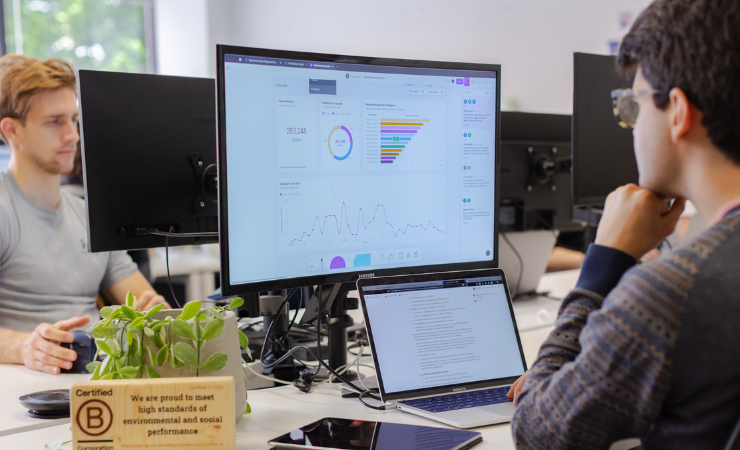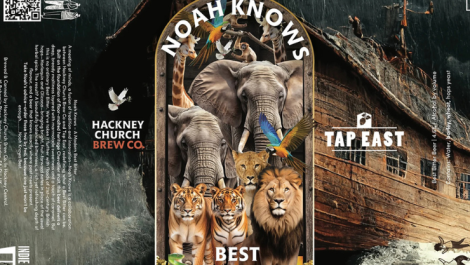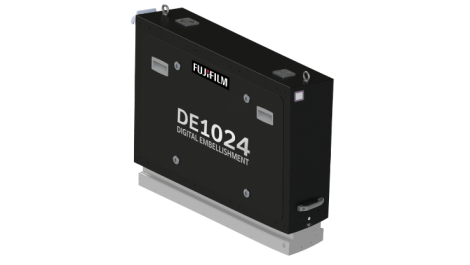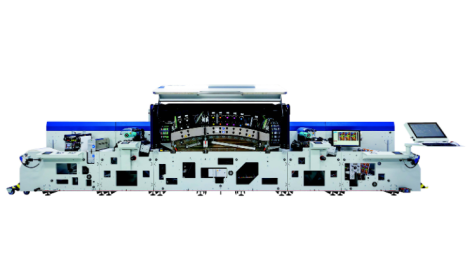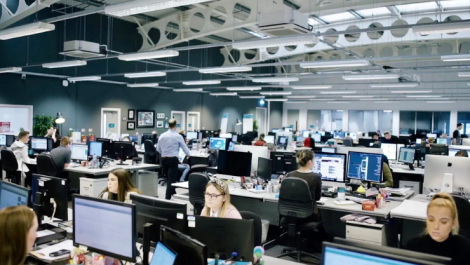Sustainability and the environment have long been major talking points for the packaging and printing industries.
From downgauging and resource efficiency, to the impact of deforestation and global warming, there are myriad examples of where they intersect.
These have long been driven by and been the driver of changing consumer behaviours. You only have to look at the recent demonisation of plastics as an example of how far and fast opinions and perceptions can change, and the impact on the supply chain. However, increasingly these are becoming decisive factors in business decisions also.
‘The packaging sector has been tackling sustainability longer than most,’ says Mauro Cozzi, CEO at UK-based carbon management company Emitwise. ‘As it is tangible and felt in the hands of consumers, there is a lot of pressure bearing down on the industry to think and act more sustainably.’
‘However,’ he advises, ‘to make sustainability a reality at scale, it needs to be profitable and a source of top line growth. If it’s not profitable, it’s not sustainable in the long-term.’
His company offers a carbon management platform that allows manufacturing businesses and supply chains to understand, track and reduce their carbon footprint, so giving them the confidence to make strategic and corporate decisions with sustainability and the environment at their heart. As Mr Cozzi states, ‘You can’t manage what you don’t measure.’ By focusing on emissions across the supply chain, ‘Emitwise helps companies access the end-to-end data they need to turn sustainability into a profit line that benefits every business function.’
He goes on, ‘Aggressive goals are very important as the level of dramatic change needed demands it. However, it’s one thing to talk the talk and another to walk the walk.’
One company to walk the walk is US-based packaging manufacturer Brook + Whittle, which has now signed on to use the Emitwise platform. The collaboration between the two companies will allow the converter to identify, track and report greenhouse gas emissions throughout its operations and supply chain.
This will enable Brook + Whittle to halve emissions by 2030 and see them drop to net zero by 2050. This is part of an overall aim to reduce its environmental footprint and deliver a catalyst for change both internally and externally for suppliers and customers. These goals include reducing carbon emissions in line with the Paris Agreement, whereby global warming will be limited to 1.5 degrees C.
Ops and logs
As a business, Brook + Whittle has been on a journey with sustainability since the company was founded in the mid-1990s. This has included a focus on product innovation and the Circular Economy – and working to move its customers to more environmentally friendly options – as well as collaborations and partnerships to deliver best-in-class practices and services. This includes working with the Association of Plastic Recyclers (APR), Sustainable Packaging Coalition (SPC), trade body TLMI, and the CELAB label industry consortium, of which Brook + Whittle is a member company.
Tyler Matusevich, director of sustainability at Brook + Whittle, says, ‘We are now focusing on our operations and logistics as the third pillar. We need to quantify our carbon emissions, which is where Emitwise has come in as a key partner in allowing us to collect and navigate accurate data that will enable us to meet future regulatory changes and customer demands.
‘To reiterate Mauro’s point, you can’t reduce what you don’t measure. From the smallest brands all the way up to the largest CPGs, there is increased demand for transparency on emissions and ESG ratings. In fact, it’s no longer a demand or want but a minimum requirement to do business. Whilst small printers might struggle to meet these requirements, we’re dyed in the wool when it comes to sustainability, and are trying to reach our goals through product innovation, partnerships, and now operations and logistics.’
Such ‘aggressive goals’ will help Brook + Whittle drive change both internally and throughout the supply chain.
In detailing the capability of its platform, Emitwise identifies, ‘the vast majority of your emissions sit in your supply chain, classified as Scope 3 emissions by the GHG protocol. You need to calculate Scope 3 emissions to fully align with the GHG protocol, but most companies do not due to their complexity.’
Mr Matusevich goes on, ‘We are of course addressing Scope 1 and 2, and what we can do directly to affect change. We also want to align ourselves with likeminded suppliers as we know a lot of emissions must be accounted for upstream and downstream (Scope 3), in the processing of raw materials and how products are used. If we don’t do that, it becomes increasingly hard to validate and contextualise what we are doing internally, such as pushing our customers towards more sustainable packaging constructions. How do we know what that really means for our emissions or energy if we don’t recognise the impact of the whole supply chain. We then need to be capturing the data, reporting it, and acting upon it. This is where Emitwise comes in as an extremely valuable partner to Brook + Whittle and its future roadmap towards net[1]zero.
Science-based
For Mr Cozzi, this will rely heavily on the use of science-based targets. ‘We are moving into a period where the differentiator won’t be that you are offering “sustainability”, it will be whether you’re doing it properly or not. Unrealistic targets will be scrutinised and bold statements validated, by brands, consumers and investors.
‘As such, it is important that goals are specific, clear and achievable. They must also be science-based. As Emitwise is certified to the Science[1]Based Targets initiative (SBTi), we can help companies align with the Paris Agreement.’
Targets are considered science-based by SBTi if they aim to limit global warming to 1.5 degrees C in line with the Paris Agreement.
Mr Cozzi continues, ‘Emitwise can help demystify what that means for a business and calculate exactly what it will take to get you there. Saying that you’re going to reduce emissions by an arbitrary amount in a certain period of time to reach net-zero is all well and good, but how are you going to achieve that? And how are you defining “net-zero” in the first place?
‘When it comes to carbon, no detail is too small. There’s a balance to strike between what consumers say they want and what is often easy to market, versus what is actually “sustainable”. Having granular data at hand that fully reflects the carbon footprint is critical to working out what the lowest carbon packaging option actually is. It is then incumbent on the whole supply chain to educate consumers, drive home the message and explain why that’s the case.
‘People like Tyler and companies such as Brook + Whittle have the most challenging and critical job of our generation. They are being asked to reinvent entire business models or at the least reposition them for change over a 30-year period. We have created Emitwise to help them do that and deliver on the commitments they and their customers are making.’
‘Data helps us get to that point,’ affirms Mr Matusevich. ‘It enables transparency and deeper communication, which will benefit everyone in the supply chain.’
This article was first published in the July/August 2022 issue of Digital Labes & Packaging, which you can read online here; register here to receive future issues of the magazine

